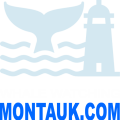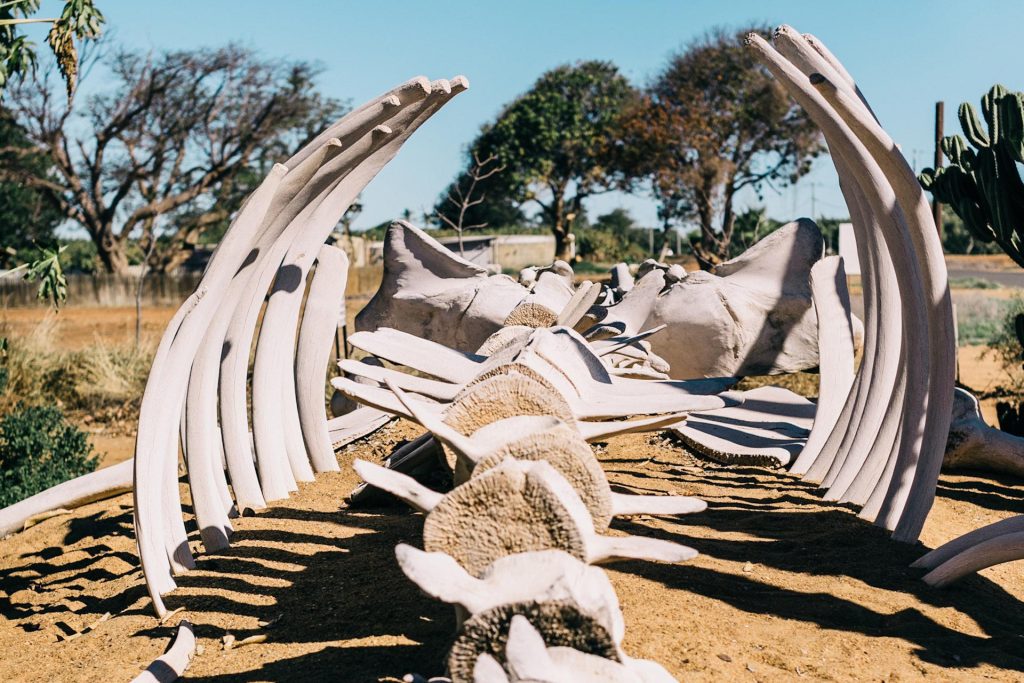Montauk, known for its sweeping coastline and vibrant marine life, has long been a hub for whale enthusiasts. Whale watching in Montauk has evolved from a necessity for survival to an activity cherished by tourists and conservationists alike. Join me as we take a journey through the fascinating history of whale watching in Montauk—from its beginnings to the sustainable adventure it is today.
Early Days: Whaling in Montauk
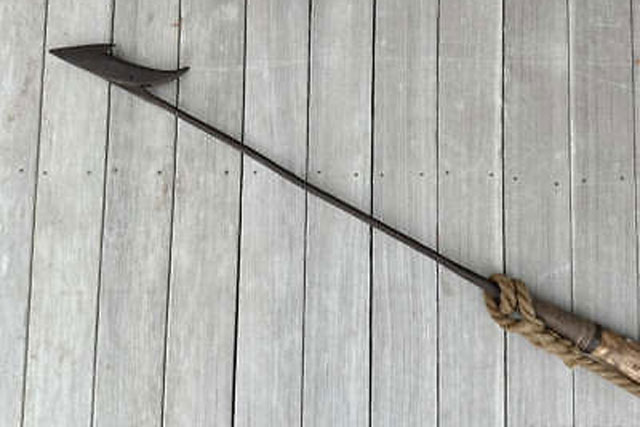
In the 18th and 19th centuries, Montauk was deeply tied to the whaling industry. Whaling wasn’t just an economic activity; it was a way of life. Whales were hunted for their oil, which was used in lamps, soap, and perfumes. But whale oil wasn’t the only valuable resource. Whale bones were often repurposed into household items like corset stays, fishing tools, and even furniture. Baleen, a flexible material from certain whale species, was highly sought after for making umbrellas, buggy whips, and springs in early machines. Ambergris, a waxy substance found in the digestive systems of sperm whales, was a prized ingredient in perfumes.
However, the overhunting of whales and the discovery of alternatives like kerosene and steel brought the era of whaling to a close by the late 19th century.
Fun Fact!
Did you know that ambergris was once considered so valuable it was called “floating gold”? Sailors who found it floating at sea struck it rich!
The Birth of Modern Whale Watching
Fast forward to the 20th century, when public sentiment toward whales began to shift. Instead of being hunted, these majestic creatures were celebrated for their grace and intelligence. The growing awareness of marine conservation, paired with a fascination for these ocean giants, led to the birth of modern whale watching.
The 1970s marked the start of organized whale-watching tours in Montauk. Fishermen, looking for alternative sources of income, began offering tours during the whale migration seasons. Early tours were smaller and simpler than today, often relying on little more than a fisherman’s intuition to spot whales. Over time, as the demand for eco-tourism grew, whale-watching tours became more sophisticated, incorporating expert guides, better technology, and conservation partnerships.
Fun Fact!
In the 19th century, sailors believed that the spouts from whales smelled like rotten cabbage!
These tours not only provided thrilling experiences for participants but also contributed to growing research about whale behavior and migration. They played a key role in fostering the conservation movement we know today.
Whale Watching in Montauk Today

Today, Montauk is one of the top destinations for whale watching on the East Coast. With an emphasis on sustainability and education, tours now focus on conservation and responsible wildlife observation. Advanced technology, like hydrophones, allows visitors to hear whale songs during tours, adding another layer of wonder to the experience.
Modern tours also contribute to local conservation efforts, often partnering with research organizations to monitor whale populations and behaviors.
The Role of Conservation
Whale watching in Montauk isn’t just about spotting these giants; it’s also about protecting them. Conservation efforts include promoting safe boating practices, reducing pollution, and educating the public about the importance of marine ecosystems.
By participating in whale-watching tours, you’re contributing to these efforts. A portion of the ticket prices often support marine research and conservation projects.
Tips for Enjoying Montauk’s Whale Watching Scene
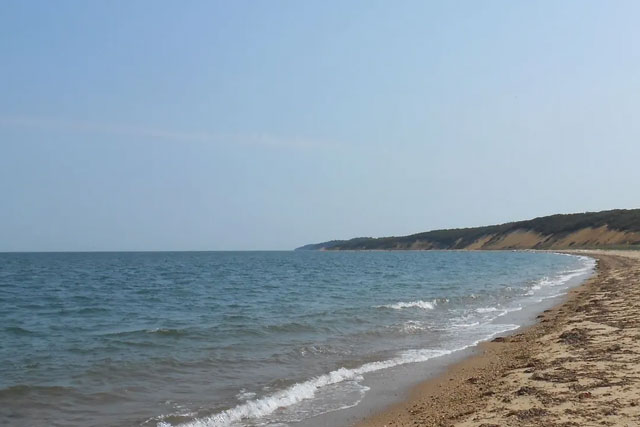
From Shore
- Choose the Right Spot: Montauk Point State Park is a fantastic location to watch migrating whales without leaving land.
- Bring Binoculars: A good pair of binoculars can make all the difference in spotting whales from a distance.
- Time It Right: Early mornings and late afternoons often provide the best lighting and calm conditions for spotting whale activity.
- Learn to Spot Blows: Look for the misty spouts of water, called “blows,” rising above the surface—it’s the surest way to spot whales from shore.
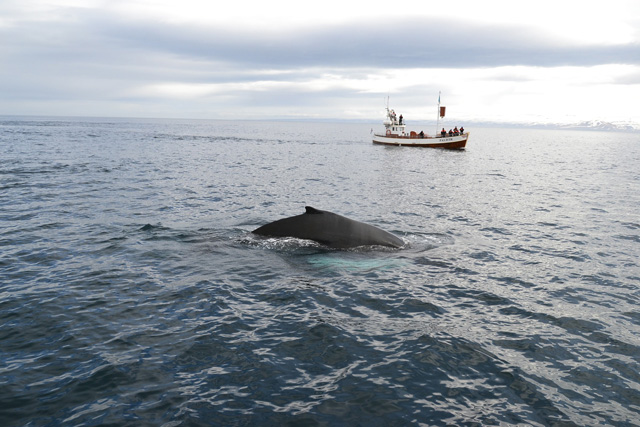
On a Boat
- Dress Appropriately: Layer up! The ocean breeze can be chilly, even in summer.
- Pack Snacks and Water: Sustainable packaging is a must to avoid contributing to ocean pollution.
- Keep Your Camera Ready: Whales are unpredictable, and moments of breaching or tail-slapping happen quickly!
- Respect the Crew: Listen to the captain and guides—they know the best ways to ensure a safe and rewarding experience for everyone on board.
Looking Ahead: The Future of Whale Watching
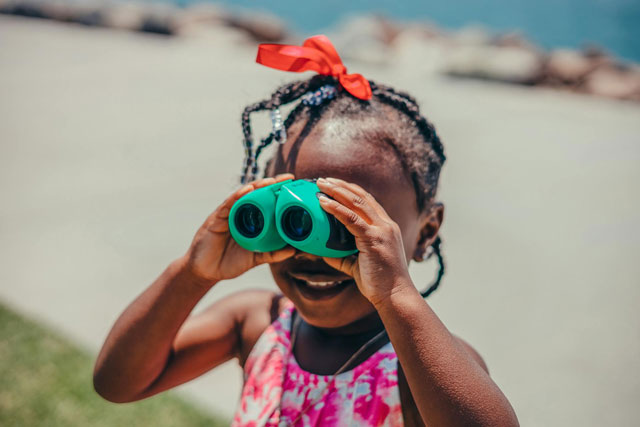
The future of whale watching in Montauk looks bright. As awareness grows, so does the push for even more sustainable practices. Technology, education, and conservation will continue to shape the way we experience these incredible animals.
Fun Fact!
Whale watching generates more revenue globally than whaling, proving that protecting whales is not just ethical but also economically beneficial.
Montauk’s rich history of whale interaction—from whaling to watching—serves as a reminder of how much we’ve learned to appreciate and respect these ocean giants.
